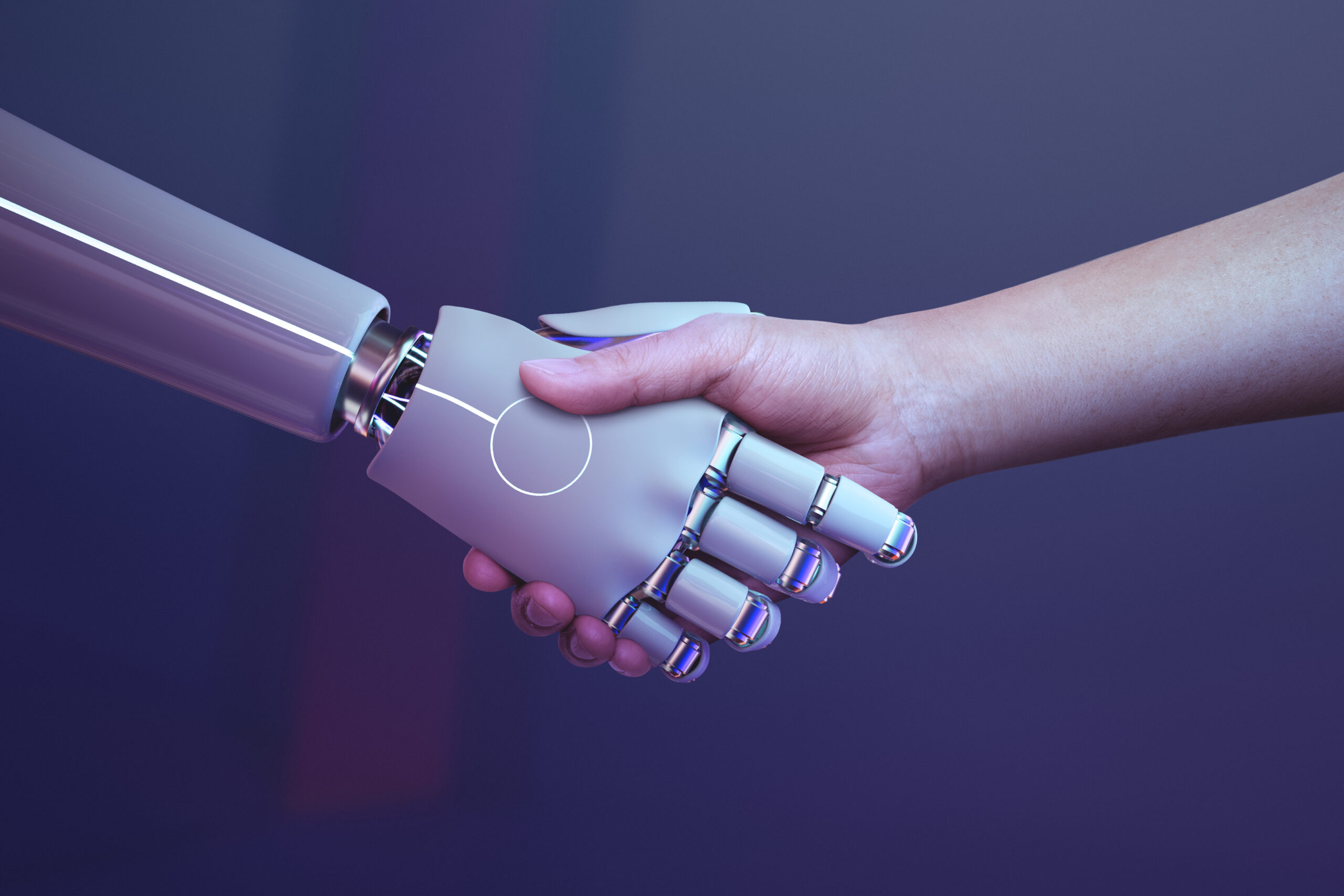The barriers of communications are not tough to overcome in today’s interconnected world. The article here explains the effect of AI or artificial intelligence in empowering sign language.
The impact of effective communication can not be ignored in today’s world that is interconnected more than ever. However, for millions of people hard of hearing, traditional communication does not have any effective ways to aid them. As they have mild to severe complexity, they are not able to get benefit from any modern ways of communication.
AI or artificial intelligence, on the other hand is making things possible for people with hearing disability. Artificial intelligence is making slowly but effective progress towards helping people with special disability in their hearing conditions.
The combination of advanced technology i.e. artificial intelligence and expressive language is aligning the goods of technology for the betterment of people with hearing disabilities.
The article will further explain the problems faced by deaf community, and how artificial intelligence can help these people with effectively translating sign language.
The importance of sign language
Communication is the essential element that aligns people together. Because of effective sign language we are able to share our emotions, thoughts, and every new idea to one another. However, this is not possible with people who are not able to get other’s idea due to hearing disability. All thanks to sign language, effective communication is becoming a possibility for them.
Let’s explore the exceptional benefits of artificial intelligence in helping these differently abled people with effective sign language.
Sign language is the effective communication way for people who are not able to communicate effectively.
For 70 million of people across the globe, sign language is the way of communication. These people face a lot of hurdles on a regular basis as the words in our everyday language is not attuned to theirs. This makes them uncomfortable in their work, education and even in leading their daily lives effectively.
These merely are not just inconvenience but rather a problem to resolve. Although technology has made some major advancements in helping these people grab communication effectively but there still are some issues that require effective technological advancements.
Challenges for people with hearing disability
Communication hurdles
There are a number of routine situations in everyday life that are problematic for people belonging to deaf community. Their unfamiliarity with sign language makes it difficult for them to navigate easily throughout everyday life.
Challenge in accessing information
People having special disability face difficulty in accessing information on a daily basis. As traditional method of writing and accessing information from other sources is tough, these people face majority of challenges.
Employment disparity
Securing an opportunity of employment is difficult for deaf people. As they are in race with people having no such complications, they often fall short for securing the right opportunity for them in jobs.
Technological gaps
Advancement in technology is more of a challenge for them rather than being an opportunity. Deaf people may face difficulty in using technology that is meant for normal people to use. This includes everything in online advancement and other opportunities of learning.
How artificial intelligence can be used for sign language translations
AI or artificial intelligence is playing a significant role in helping people get better at sign language through effective sign language translation. This is helping them becoming better in grabbing the essence of communication. Here is how AI is making things better for such people.
Machine learning and deep learning
In order to make gesture recognition better for deaf people gesture recognition models particularly convolutional neural networks are making things easier for these people. These models have extensive datasets having diverse sign language gestures to enable deaf people understand better.
Wearable devices
Sensor-based wearable devices can easily capture precise data to make sign language more effective for deaf people. There are data gloves also that have a huge database to process sign language gestures for deaf people through motion detection.
The bottom line
AI or artificial intelligence is playing a pivotal role for making life easier for people with hearing disability. The recent advancement in technology is a well-illustrated example of how technological advancement is a great move. Not only sign language is getting a lot better but experiences related to it is getting better for these people as well.

